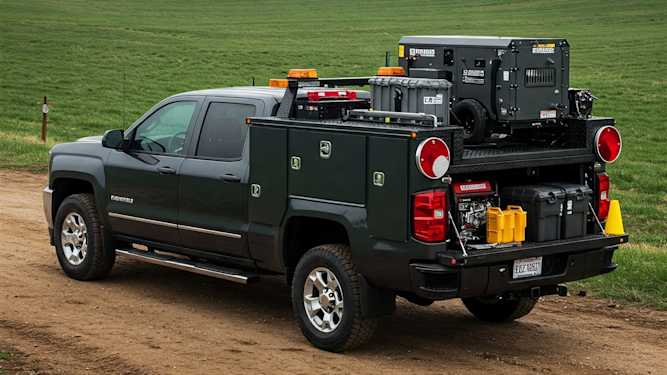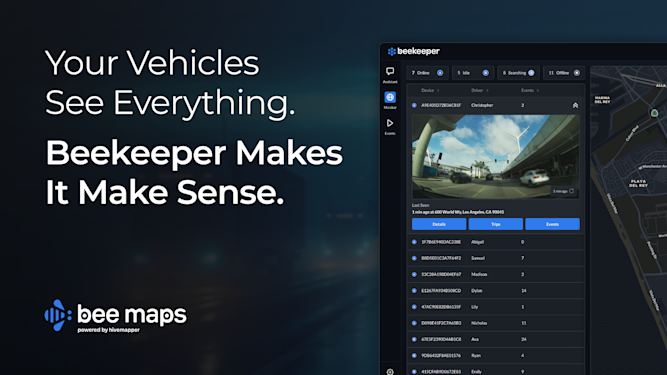The Latest Buzz
What are the Types of Road Signs in Brazil?

Road Signs in Brazil: A Guide to Understanding Brazilian Traffic Signage
Brazil's roadways feature a unique system of traffic signs that help maintain safety and regulate traffic flow across its extensive network of highways and urban roads.
Whether you're a local resident or a visitor navigating the country’s vibrant streets this guide will help you understand the safety precautions, their meanings, and why they’re important for a safe driving experience.
Signage Categories in Brazil
Like many other countries, Brazil organizes its road signage into three main categories. Each category serves a specific purpose to ensure the smooth flow of traffic and safety of all road users:
- Regulatory Signs Regulatory signs indicate rules that drivers must follow, such as speed limits or prohibited actions. These signs are crucial for maintaining order on the road and ensuring compliance with local traffic laws. Common examples include:
- Stop Sign ("Parada Obrigatória")This octagonal red sign indicates that vehicles must come to a full stop before proceeding.
- No Overtaking ("Proibido Ultrapassar")This sign restricts overtaking in designated areas, usually where the road curves or visibility is limited.
- Speed Limit Signs ("Velocidade Máxima")Speed limits are clearly displayed to keep traffic flowing safely, especially on highways and urban roads.
- Warning Signs Warning signs are designed to alert drivers about upcoming changes in road conditions or potential hazards. These are typically yellow and diamond-shaped, featuring symbols that convey their messages. Examples include:
- Curvy Road Ahead ("Curvas Perigosas")This sign indicates that a series of curves is approaching, prompting drivers to slow down.
- Steep Descent ("Descida Acentuada")This warning is crucial for drivers in Brazil's hilly regions, indicating a steep downhill grade.
- Pedestrian Crossing ("Passagem de Pedestres")Found near crosswalks and urban areas, this sign alerts drivers to the presence of pedestrians.
- Information Signs These signs provide helpful guidance for drivers, such as directions, distances, and facility locations. They are often blue or green, offering essential information to assist with navigation. Examples include:
- Direction Signs ("Placas de Direção")These help drivers find their way to nearby cities, towns, and points of interest.
- Service Area Signs ("Área de Serviço")Indicating the presence of fuel stations, rest areas, or restaurants, these are especially useful on long road trips.
- Tourist Attraction Signs ("Atrações Turísticas")Highlighting sites of cultural or natural interest, these signs guide drivers to landmarks and scenic spots.
Unique Features of Brazilian Road Signs
Brazil's road signs are designed to accommodate the country’s diverse geography, climate, and urban environments. Some unique aspects include:
- Portuguese LanguageAll signs in Brazil use Portuguese, which can be a challenge for non-Portuguese-speaking visitors. However, many signs rely on universally recognized symbols to ensure clarity.
- Use of SymbolsBrazil's road signs heavily rely on symbols, making them easier to interpret even if you’re not fluent in the language. For example, symbols for school zones or animal crossings are straightforward and easy to understand.
- Regional VariationsWhile Brazil follows a national standard for road signs, some variations exist in different states or municipalities, particularly in rural areas. Drivers should stay attentive and adapt to local signage practices.
Is Driving in Brazil Dangerous?
The short answer is it can be, but paying attention and comprehending road signs in Brazil is key to ensuring safe navigation across the country’s diverse landscapes, from the bustling streets of São Paulo to the winding roads of the Amazon rainforest.
But knowing how to interpret signs properly helps in several ways:
- Improves Road SafetyFamiliarity with regulatory and warning signs reduces the risk of accidents and ensures that drivers can react promptly to changes in road conditions.
- Avoids PenaltiesFailing to comply with road regulations can result in fines or penalties. Understanding the rules behind each sign helps drivers stay within legal boundaries.
- Enhances Travel ExperienceFor tourists, being able to navigate the roadways confidently allows for a smoother and more enjoyable travel experience, whether exploring urban centers or its scenic countryside.
Brazil's road signs play a critical role in managing traffic and ensuring road safety across the country's vast transportation network. From regulatory and warning signs to informative symbols, these signs guide drivers through varied landscapes and bustling cities. For anyone driving in Brazil, understanding these signs is not only a legal requirement but also a way to ensure a safer and more pleasant journey.
Share Post


